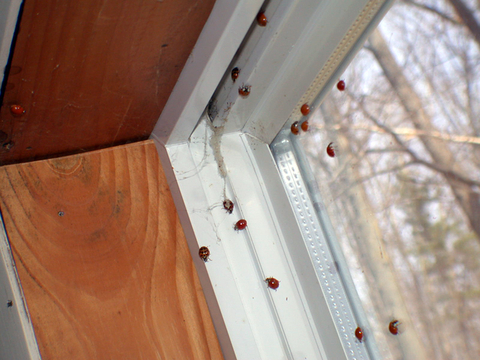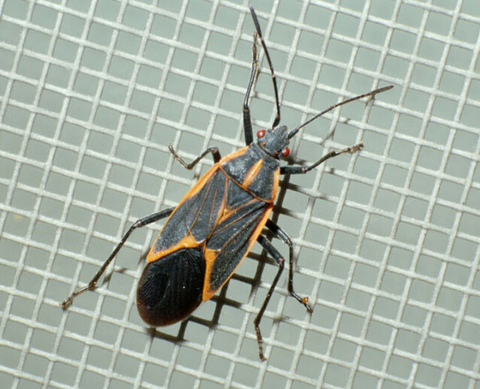Spring is here and soon the temperatures will begin to rise and stay warm. With the springtime increase in temperature you may begin to notice insects in your home. Brown marmorated stinkbugs, box elder bugs and multicolored Asian lady beetle are the common culprits along with cluster flies and sowbugs.
As the angle of the sun changes and the days get longer, these bugs come out of their winter hiding spots. Fortunately, these insects are harmless, although they can be annoying, especially when many of them are present. Here are a few things to keep in mind when dealing with nuisance insects.
These are last year's bugs
First, it is important to know that these insects are not reproducing indoors. Though they may peak out of their hiding places throughout the winter and early spring, these are not offspring emerging. In fact, all of the insects you see now entered your home last fall.
They hibernate in balls or clusters in wall voids, attics and similar areas. As the temperatures warm, the insects in the wall layer closest to your livingroom, for example, become active first and come out into your home. They do not all become active at the same time.
What are they up to?
The insects are hungry, they haven’t eaten since the last calendar year, and are starting to get signals that are telling them it is time to head outside. Once outside, they will go feed on plants (in the case of stinkbugs and box elder bugs) or pest insects (in the case of multicolored Asian lady beetle). But many of these insects won’t be able to escape your home.
Vacuum them up
Since these insects are coming from hidden sites, it is not practical to treat them to prevent their emergence. Once they are out in the open, the best way to deal with them is physical removal, such as vacuuming. Eventually, all these overwintering insects will become active and move away from their overwintering sites.
Keep them from coming back in
To minimize this problem in the future, it is important to treat for these insects in the fall as they are first trying to enter your home. This is a two-pronged approach.
- Inspect the outside of your home during summer and seal spaces and gaps that may be used by insects to get inside.
- Follow up with an insecticide application to the outer perimeter of your home in the fall, just as these insects are trying to get inside.
It is not possible to prevent all nuisance insects from entering into a home, but you can reduce the number, causing fewer headaches later during the winter and spring.
If you have more questions please reach out to your local Extension educator or Ask a Master Gardener.



